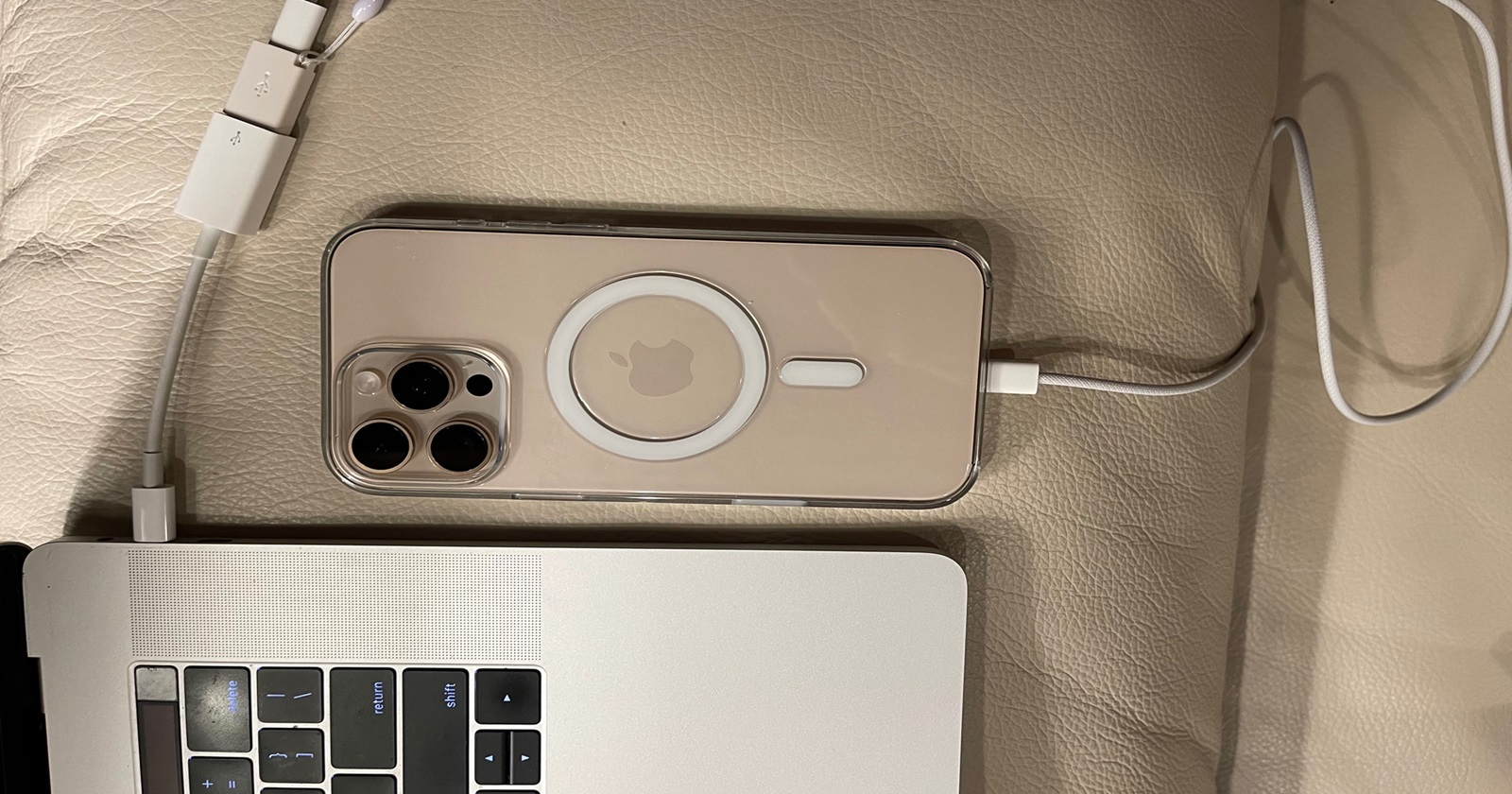If you’ve just unboxed your new iPhone 16 or 16 Pro, only to find that your aging iMac or MacBook Pro from 2017 refuses to recognize it when plugged in with the USB-C cable, you’re not alone. It’s like introducing two old friends who suddenly can’t stand each other anymore. But fear not. A sneaky little workaround might just save your day — and your backup plans.
The culprit here seems to be some compatibility issues between the latest iPhone models and Macs, especially the ones from 2017 running macOS Ventura 13.7 and older versions. Users all over forums are reporting similar headaches: plugging in the iPhone 16 Pro or Pro Max via the usual USB-C cable results in nothing. No charging, no syncing, no recognition in Finder or iTunes. And this has left many frustrated, particularly those hoping to restore data from their old iPhones using a wired connection. This has proven to significantly speed up the transfer process compared to wireless transfers.
Luckily, there’s a simple and somewhat ironic solution: use a USB-A to USB-C cable or an adapter. That’s right, while Apple seems to have moved fully into the USB-C world, you might need to dig out or purchase an old-school USB-A adapter to get the job done. Users have found that by connecting their iPhone 16 to their Mac via this older method, the devices magically start talking to each other again, syncing perfectly as if the problem never existed. This solution has been praised across several forums, saving countless users from returning their brand-new phones out of sheer frustration.
What’s really going on?
Now, what’s behind this puzzling glitch? The general consensus is that the issue is related to macOS Ventura not fully recognizing the new iPhone 16 models, especially on 2017 Macs. Several users have updated both their Mac and iPhone to the latest software versions, rebooted multiple times, and even tried putting their iPhones into recovery modes — all to no avail. However, as soon as they plugged in via a USB-A to USB-C cable or used an adapter, the iPhone was finally recognized in Finder or iTunes, allowing them to perform backups or data transfers as needed.
What’s more perplexing is that other Apple devices, like the iPhone 13 or iPads, connect just fine using USB-C to lightning cables. This issue seems isolated to the iPhone 16 series, particularly when used with older Macs. Some suspect this is a hardware or firmware issue with the new phones, while others are betting on a future macOS update to fix the problem.
Until Apple rolls out an official fix, the USB-A to USB-C workaround is your best bet. If you’re lucky enough to still have one of these cables or adapters lying around, congratulations — you’re all set. Otherwise, it might be time to grab one from your local electronics store.
Featured image: pamela85 / Apple forum
TechIssuesToday primarily focuses on publishing 'breaking' or 'exclusive' tech news. This means, we are usually the first news website on the whole Internet to highlight the topics we cover daily. So far, our stories have been picked up by many mainstream technology publications like The Verge, Macrumors, Forbes, etc. To know more, head here.



Rona08-06-2025
I was very upset when I saw the charger of my iPhone 16 when both of them had the same ends and no USB port part on the other side of my charger for charging in my stepfather’s van when I go out with him and my mother. I don’t know with Apple and Apple thinks that the people were very happy to open the boxes of their new iPhone 16 but were very upset to see how the chargers in the boxes of their new cellphones look like. I was very upset about still having to pay online just to buy a charger for my iPhone 16 but still has no USB part of the charger to charge on the socket on the wall at my home.
Reply